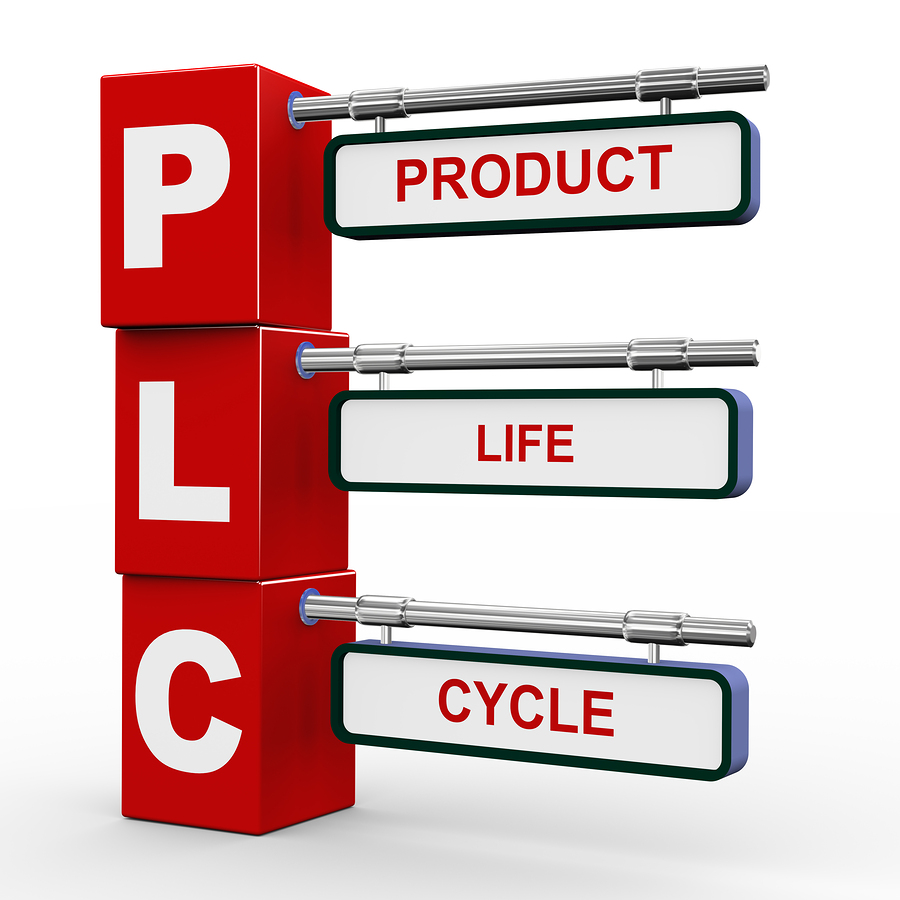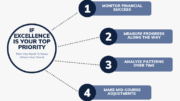Tim Ingram, MBA/HCM, CMRP
Over the years, we have all experienced many of the mainstream process improvement methodologies, such as, TQM, ISO, Value Analysis, Six Sigma, and the many others that were designed to gain organizational focus. They have all had challenges with their levels of effectiveness. I am a proponent of anything that generates a relentless pursuit of continuous improvement. Whatever method we use to achieve value, it will certainly deliver, but sustaining and making it part of our culture, that is the challenge.
I use an analogy to explain what it takes to achieve “improvement” to my staff by using the sport of throwing darts. This sport requires focus, practice, and dedication, and the more you focus on throwing at the bullseye the tighter the group will be over time. You might not ever get all the darts in the little red dot, but it will be pretty close. This, to me, is the goal of any process improvement program; get everyone in the organization to throw those darts (products and services) as close to the bullseye as possible (end-state).
Utilization Management is your bullseye and theoretically your darts could represent any of the products and services that exist within the organization. All of the value tools I mentioned before are meant to identify opportunities within the organization, but doesn’t the end-state come first? The end-state goal should define what it is the team wants to achieve. If the team is not involved in formulating the target, plan, and goal, buy-in will be hard to achieve.
It takes the whole organization to make this happen. You want to rack and stack the opportunities and build a standard for identifying prospective wins and tracking progress throughout the organization. I am a fan of “cherry picking”; this achieves those quick wins and it generates that inertia and creates positive energy throughout the organization. Be careful in this selection, that first project should not be painful. One of my favorite products to start with is exam gloves. They are used throughout the system and getting participation in the product reviews is easy. Building a solid foundation within your value driven processes is critical to future successes. As the processes are built, simplicity is a key word. As managers, we can’t overanalyze. Sometimes the solution is simple and sometimes it is not, but we can’t apply a cookie cutter mentality to everything that involves Value Analysis or we can fall into the Paralysis by Analysis trap.
Utilization Management reveals everything about how a product is used in the delivery of care throughout the system. I can’t count the number of times that a new pricing agreement was awarded only to see costs dip one to two percent because we did not include a process to control the use of these products like gloves, O2 sensors, BP cuffs, SCD sleeves, IV start kits, and suture removal kits. This list is endless and they all have a common denominator. There was no system-wide process for supply usage within the standards of care. Utilization Management is achievable and is a smart and intuitive process that reveals millions in cost reductions. The part that makes it so valuable is that the need to change products isn’t always necessary.
My last word in the area of Utilization Management is to include a Strategic Resource Management program with your vendors. This is a perfect complement to a successful value driven program, since vendors need to be part of constructing a successful and sustainable program. These partnerships should share in the responsibility of your organization’s clinical and financial end-state goals…..it’s a win-win scenario.
Tim Ingram is a senior Supply Chain Professional with over 36 years’ experience within healthcare. He served in the United States Air Force for 24 years as a Materials Management Professional and was stationed in Europe, Southwest Asia, and the United States. He has held various positions within both large and small facilities and has successfully guided teams to benchmark results throughout the many areas of supply chain. He is currently living in Colorado and is an independent contractor and consultant. You can contact Tim with your questions or comments at Timothyingram6829@comcast.net.





